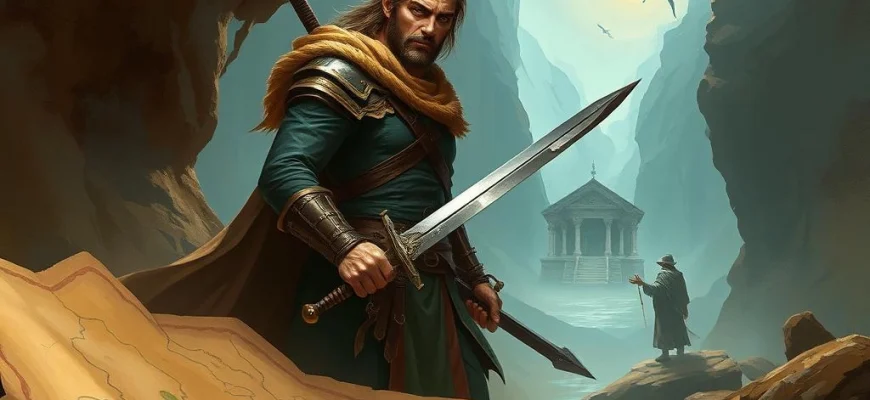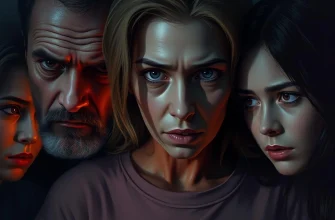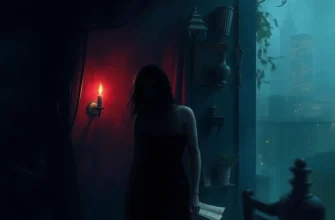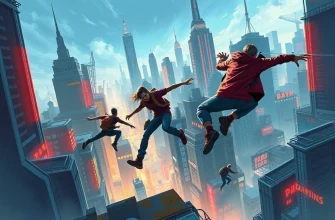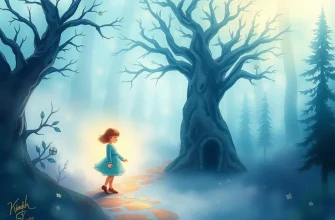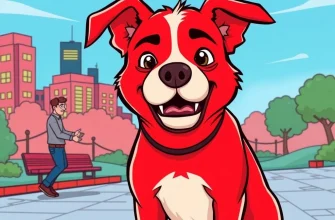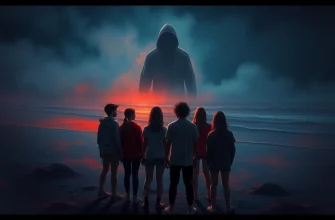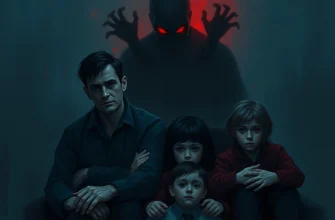Ben je fan van de klassieke wuxia-film 'Die Todespagode des gelben Tigers' uit 1969 en op zoek naar soortgelijke avonturen? Dit artikel belicht 10 films en series die dezelfde epische sfeer, meeslepende vechtscènes en tijdloze verhalen bieden. Of je nu houdt van heroïsche zwaardvechters of verborgen schatten, deze selectie heeft iets voor jou!

The Tale of Zatoichi (1962)
Beschreibung: A classic samurai film that explores themes of honor, loyalty, and the wandering swordsman archetype, set against a backdrop of feudal Japan.
Fakt: The film spawned a long-running series with over 25 sequels and a TV show, making Zatoichi one of the most iconic characters in Japanese cinema.
 Jetzt ansehen
Jetzt ansehen

Crouching Tiger, Hidden Dragon (2000)
Beschreibung: A visually stunning wuxia film that combines martial arts with poetic storytelling, exploring love, duty, and the pursuit of freedom.
Fakt: The bamboo forest fight scene was shot without any digital effects, relying entirely on wirework and practical stunts.
 Jetzt ansehen
Jetzt ansehen

Hero (2002)
Beschreibung: A masterfully crafted tale of assassination and deception, using vibrant colors and intricate fight sequences to tell a layered story of honor and sacrifice.
Fakt: The film's use of color to differentiate narrative perspectives was inspired by traditional Chinese art and storytelling techniques.
 Jetzt ansehen
Jetzt ansehen
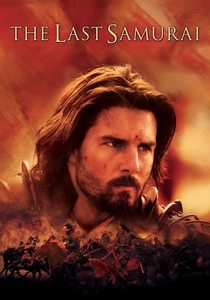
The Last Samurai (2003)
Beschreibung: A Westerner's journey into the world of samurai, highlighting themes of cultural clash, redemption, and the fading way of the warrior.
Fakt: The film's battle scenes were choreographed by the same team that worked on 'Gladiator,' ensuring their epic scale and authenticity.
 Jetzt ansehen
Jetzt ansehen

House of Flying Daggers (2004)
Beschreibung: A romantic and action-packed wuxia film that blends breathtaking visuals with a tragic love story, set in a world of rebellion and intrigue.
Fakt: The echo game scene, where the protagonist dances and kicks beans into drums, was achieved in a single take after months of rehearsal.
 Jetzt ansehen
Jetzt ansehen

Red Cliff (2008)
Beschreibung: An epic war film with grand battles and strategic warfare, focusing on loyalty, leadership, and the cost of conflict.
Fakt: Originally released in two parts in Asia, the international version was condensed into a single film, cutting nearly four hours of footage.
 Jetzt ansehen
Jetzt ansehen

Curse of the Golden Flower (2006)
Beschreibung: A lavish historical drama filled with political intrigue, familial betrayal, and stunning visuals, set in the opulent Tang Dynasty.
Fakt: The film's palace set was one of the most expensive ever built in Chinese cinema, featuring over 10,000 handmade costumes.
 Jetzt ansehen
Jetzt ansehen

13 Assassins (2010)
Beschreibung: A gripping tale of revenge and sacrifice, featuring a group of samurai who band together for a final, desperate mission, showcasing intense swordplay and moral dilemmas.
Fakt: The film's climactic battle scene lasts for nearly 45 minutes, making it one of the longest and most elaborate in samurai cinema.
 Jetzt ansehen
Jetzt ansehen

Hara-Kiri: Death of a Samurai (2011)
Beschreibung: A tragic story of a ronin seeking justice, blending deep emotional resonance with the brutal realities of the samurai code.
Fakt: This film was the first 3D samurai movie ever made, adding a unique visual dimension to its storytelling.
 Jetzt ansehen
Jetzt ansehen

The Sword of Doom (1966)
Beschreibung: A dark and psychological samurai film that follows a morally ambiguous swordsman, delving into themes of fate, violence, and madness.
Fakt: The film's abrupt ending was intentional, leaving the protagonist's fate unresolved, which has sparked debate among fans for decades.
 30 Tage kostenlos
30 Tage kostenlos

